Arch of Gallienus
This Roman arch marks the location of an ancient gate at one of the Seven Hills of Rome.
Like a lot of antiquities scattered around Rome, the Arch of Gallienus is tucked neatly away from city crowds. Built in 262 CE, it’s down a narrow side street and nestled up against a church, so you might not even notice it. But cross through this exact spot and you are following in the footsteps of emperors and murderers, poets and pillagers.
Known as a “triumphal arch,” it was built in honor of a not-so-great emperor named, you guessed it, Gallienus. His years in power weren’t actually all that triumphant, presiding over what’s known as the “Crisis of the Third Century.” But he did win some important battles and was a pretty good military leader, spearheading (no pun intended) improvements and reforms to how the Roman army operated. He was murdered after about 15 years of rule, 15 crazy years of invasions, provincial secessions, bloody battles, conspiracies, and assassinations.
The arch may be in honor of Gallienus, but it also marks the exact spot where, in the 4th century BCE, the Porta Esquilina (or Esquiline Gate) was constructed as part of the Servian Wall that protected the ancient City of Rome from invasion. It was called the Esquiline Gate because its passage was at the Esquiline Hill, one of the seven hills that made up earliest Rome. It was an important gate, both coming in and going out. Roman poets like Livy and Ovid both cite the gate, and victorious armies passed through it. But a gate swings both ways, and it also led to a gallows on the hill, and invading armies were always trying to breach it.
There is only a partial inscription left intact on the arch today, having lost a top row of stone blocks over the course of 17 centuries (it happens). Despite Gallienus’s checkered past, what’s there is pretty triumphal. Translated from Latin, it reads: To Gallienus, the most clement Emperor, whose unconquered virtue is only outdone by his piety, and to Salonina, most holy Augusta Empress. [Dedicated by] Eques Aurelius Victor, in complete devotion to their divine presence and majesties.
Now that’s how you dedicate an arch.
Know Before You Go
In the Metropolitan City of Rome, just west of the Vittorio Emanuele subway station


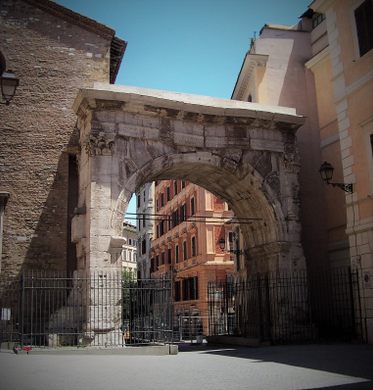

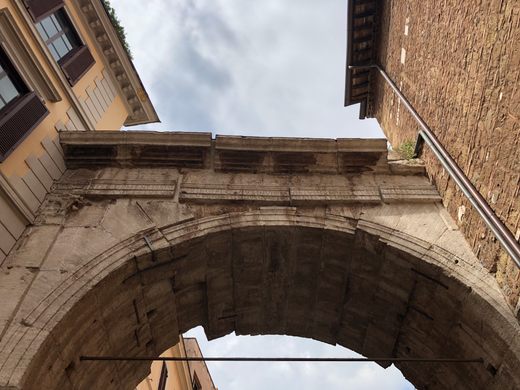
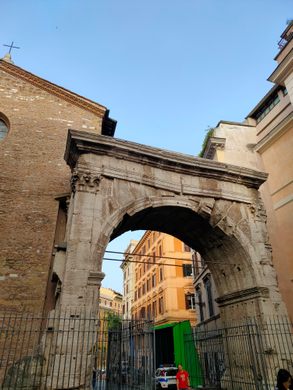








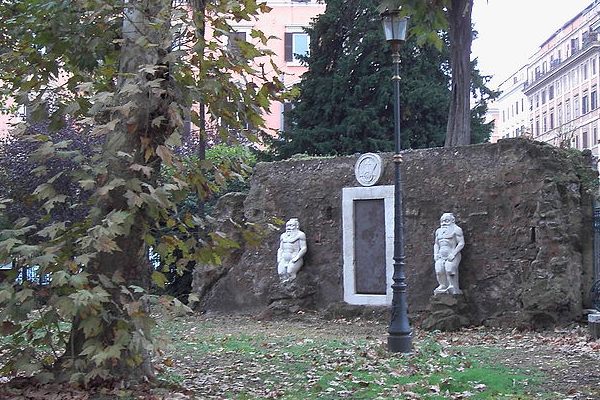


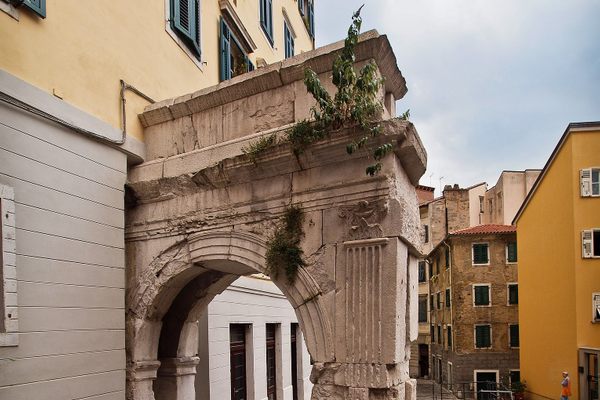




Follow us on Twitter to get the latest on the world's hidden wonders.
Like us on Facebook to get the latest on the world's hidden wonders.
Follow us on Twitter Like us on Facebook